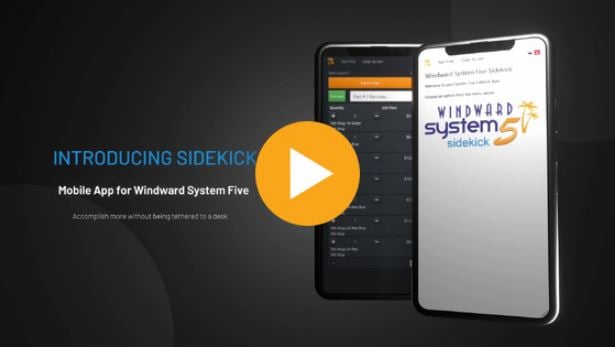Overview
In the business world, inventory stock adjustment is important. It is one way to make sure you have the correct stock on hand and that your inventory value as well will be up to date. This stock adjustment could be caused by several reasons such as stolen items, data entry error, etc.
Different Ways of Handling Inventory Stock Adjustments
1. Manual Adjustment
This can be helpful, especially if there are only very few inventory items that you would like to change its quantity.
2. Inventory Transfer
Another way of doing an inventory adjustment is by doing an Inventory Transfer. This process no longer requires any Journal Entry as it will automatically create a posting in your ledger after item/s is attached in the Transfer invoice itself.
In order for you to do an Inventory Transfer, you need to make sure to set up the following:
- Create a customer account for your company with a price schedule set at cost and tax-exempt.
- Make sure the Transfer Invoice is in your Invoice Tree.
- Create an inventory adjustment ledger account if it doesn't already exist.
3. Physical Inventory Count
Physical Inventory Count is best used if you have many inventory items that need updating in terms of its quantity. This is especially true when you are doing your year-end. Once the physical count has processed, print, and export the variance report. Because once it is closed, you can no longer pull it back up. Likewise, a Journal Entry is also required upon completion of the physical count.
4. Data Load
You can also do inventory stock adjustment by doing a data load. This as well will require you to do a Journal Entry once the data load is done.






